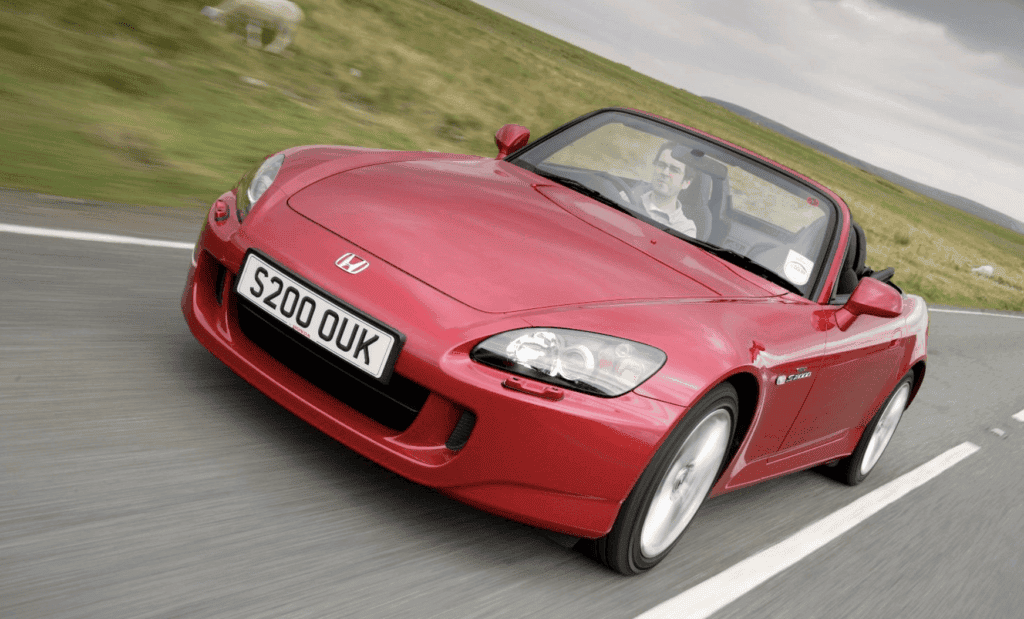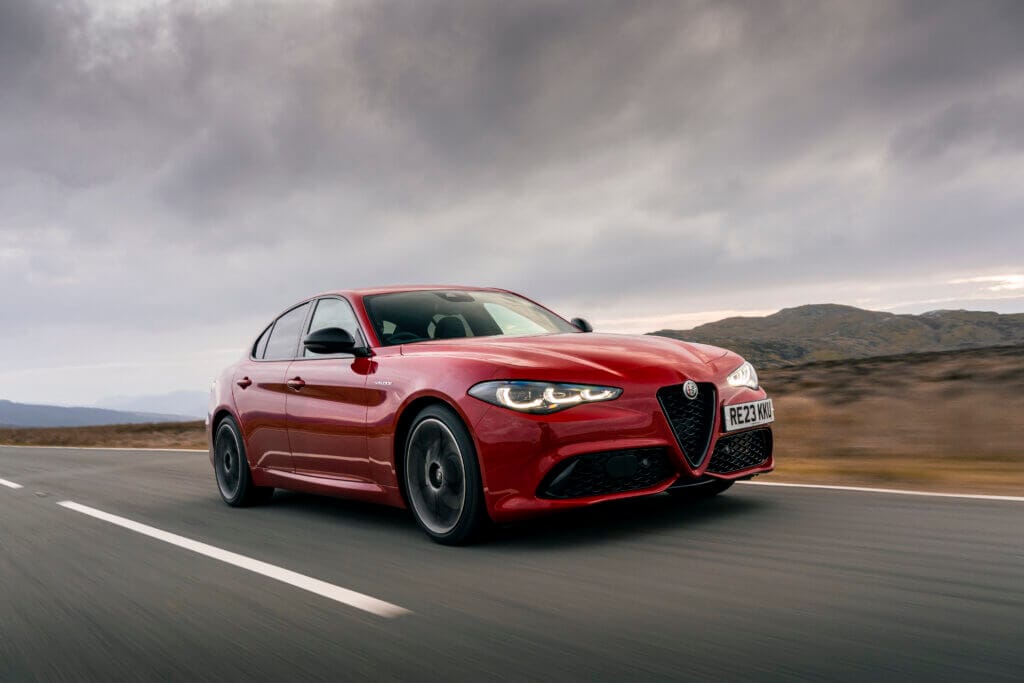Tips for buying a future classic car
There are lots of things that can help shape what type of future classic you’re going to get. For one, we’d be looking for a sparkling backstory of servicing and maintenance, with lots of receipts for any work undertaken. Ask lots of questions too, as it can give you a better idea about how a car has been looked after.
Even on some of these newer models, we’d be keeping an eye out for rust, particularly in areas like the wheelarches. On cars with more in-vehicle features – such as heated seats or infotainment systems – make sure you give everything a good test to ensure it’s working as it should be.
What makes a car a ‘future classic’?
Finding a future classic is like bottling lightning, but there are a few pointers which can help us pick one out. For one, uniqueness helps. Cars which perhaps didn’t quite hit the mark when they first arrived may get a second wind decades later, though models which drew lots of attention when first released could also go on to be future classics.
You’ll be looking for any future classic to increase in value, too, and while we can’t predict the future, many of the cars on this list are currently at prices which don’t appear able to go much lower – which means that they only have one place to go, and that’s up.




